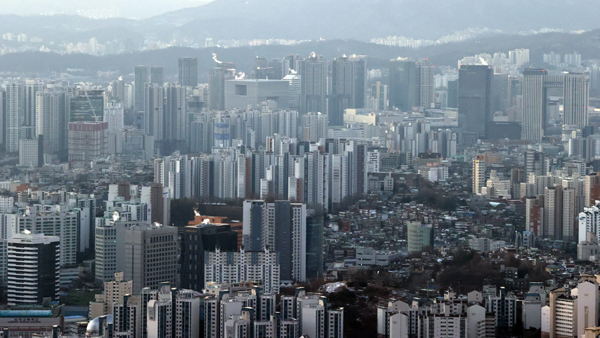This time overheating the fat… 49% explosive from October
Compared to 2019, Busan 164% and Gwangju 125% increased significantly
1.14 million sales this year… Best since statistics were written
The jeonse crisis and the balloon effect overlap, and the local purchase tax surges
Demand flocking to mid- to low-priced products… A worrying situation
Gangnam 3-gu, the up-and-down increase, and the number of reported prices

In November, the nationwide home sales volume increased significantly, exceeding 100,000 cases again. As the local real estate market overheats, it is analyzed that the phenomenon of’panic buying’ (panic buying), which seemed to be quiet after this summer, is raising its head again.
According to the Ministry of Land, Infrastructure and Transport on the 24th, last month’s housing transaction volume was 11,6758, an increase of 25.9% from the previous month (92,769). This is a 34.8% increase compared to the five-year average (86,613 cases).
The nationwide housing transaction volume, centered on those in their twenties and thirties, reached a year-round high of 14,419 cases in July, when the panic buying phenomenon peaked, and then declined to 85,272 cases in August and 8,1928 cases in September. . However, the housing transaction volume rebounded to 90,000 in October and surged to 110,000 last month. This year’s cumulative (January-November) home sales volume was 113,9024, the highest since the 2006 statistics were prepared.
The surge in housing transaction volume last month is interpreted as a result of the overheating of the local real estate market, not the metropolitan area. The volume of housing transactions in the metropolitan area was 41,117 cases, a decrease of 1.8% compared to the previous year, while the volume of local transactions increased 48.7% to 75641 cases. Compared to a year ago, Busan increased by 164.6% and Gwangju by 125.7%.
By type of house, apartment transaction volume was an absolute part. Last month, apartment transaction volume increased by 35.5% compared to the previous month to 86,660 cases, but the volume of housing transactions other than apartments increased by only 1.9%.

Young-jin Ham, head of Jikbang Big Data Lab, said, “As the continuing cheonsei crisis and the ballooning effect of non-regulated areas overlap, the purchase tax of local apartments is increasing rapidly.” It is a concern.”
Unlike last month’s situation, the recent demand for apartments has eventually turned around and concentrated to Seoul. As the government has additionally designated Busan, Ulsan, and Changwon, Gyeongnam, which have recently skyrocketed, apartment prices in Seoul rose the most in five months this week.
According to the price trend of weekly apartments by the Korea Real Estate Agency (formerly the Korea Appraisal Board), the sale price of apartments in Seoul this week rose 0.05%, up from last week (0.04%). This is the largest increase since the third week of July (0.06%), just after the July 10 measures this year.
The apartment prices in Gangnam’s 3 districts rose sharply, but in Songpa-gu from 0.08% to 0.10%, Seocho-gu from 0.06% to 0.09%, and Gangnam-gu from 0.05% to 0.08%. Complexes that changed Shingo houses in this area also appeared one after another. The Asian Athlete’s Village Apartment in Jamsil-dong, Songpa-gu, was sold at a reported price of KRW 3.3 billion on the 16th, and 134.49㎡ was also sold at a reported price of KRW 3.1 billion (9th floor) two days later. Shindong-a Apartment (139.74㎡) in Bangbae-dong, Seocho-gu, has not been dealt with for more than six months since May (1.78 billion won), and a sales contract was signed for 2.45 billion won, which jumped 670 million won on the 14th.
Reporter Park Sejun [email protected]
Photo = Yonhap News
[ⓒ 세계일보 & Segye.com, 무단전재 및 재배포 금지]
